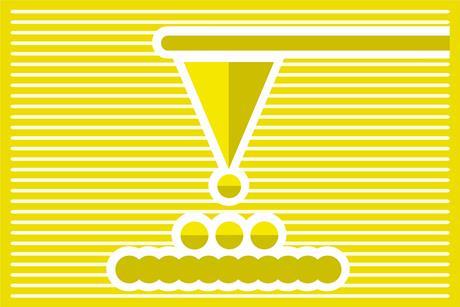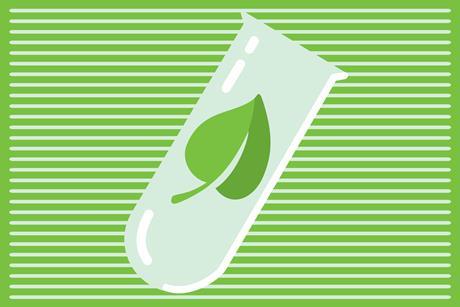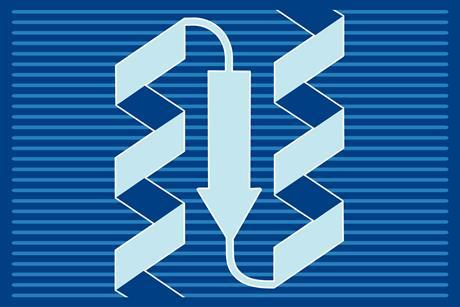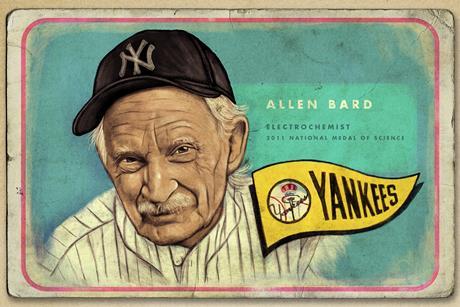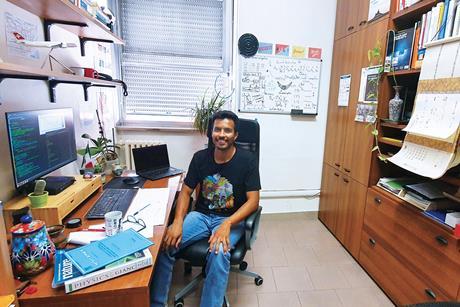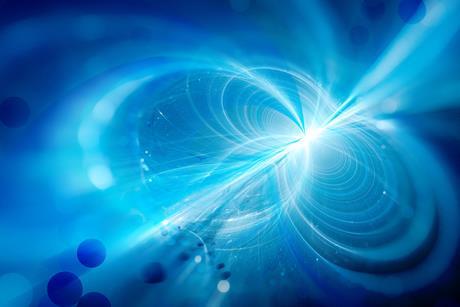- Home
- Intro
- The grails
- Views
- Behind the data
- More navigation items
Holy grails
The holy grails of chemistry
In this special we are asking what has become of the ‘holy grails’ outlined in an issue of Accounts of Chemical Research a quarter of a century ago. The short answer is: a lot. Some have been obtained (depending on your point of view); many others are still there for the taking. But every case has its fair share of discoveries, disappointments, surprises and success.
We’ve talked to researchers working in these areas today and, where possible, with the original authors of the 1995 articles to give us a picture of just how far we’ve come and how much has changed. We also wanted to see whether the publication history of these topics had its own stories to tell, so we’ve trawled through the bibliometric data to find out about who works with whom, who cites whom and where the most cited papers come from.
Manipulation of matter at the atomic level
In the first in our series looking at chemistry’s holy grails from 25 years ago we examine how matter can now be controlled at its most basic level
Room temperature superconductors
A dream since electricity was first harnessed humanity is tantalisingly close to achieving this goal
Unnatural selection in chemical systems
Great strides have been made in the lab with chemical systems that ape life’s behaviour
Direct observation of the transition state
The mystery of precisely what happens when one chemical reacts to form a new one is now being revealed in ever greater detail
Quantum control
The revolutionary idea of using light as a reagent in reactions has arrived
Artificial photosynthesis: solar water splitting
The chemistry to mimic ones of nature’s greatest feats still has some hurdles to overcome
Artificial enzymes: catalysis by design
Enzymes are nature’s ultimate catalysts and chemists are now on the verge of making their own versions from scratch
Homogeneous C–H activation
In the final instalment of our grails series we look at how picking and choosing which bond to target holds the promise of transforming organic molecules at will
Views
Two of the editors of the Accounts of Chemical Research issue, a computational superconductor researcher and a leading science writer give us their views
The true value of scientific holy grails
It comes from the journey, not the goal writes Philip Ball
Allen Bard: ‘What I really couldn’t stand was the segregation’
The father of modern electrochemistry talks baseball, the segregation era, and why your students are the most important thing
Searching for superconductors with supercomputers
What if most materials are superconductors under the right conditions, wonders José Flores-Livas
The quest to control chemical reactions using interfacial electric fields
Twenty-five years ago he curated chemistry’s holy grails; now, Richard Zare proposes a new one
